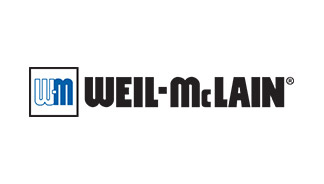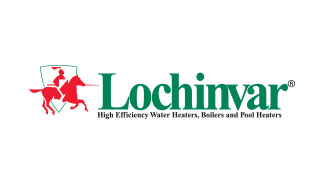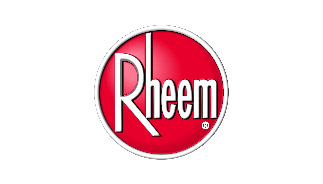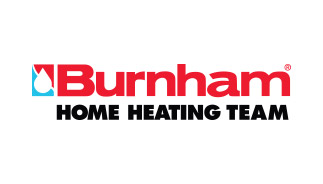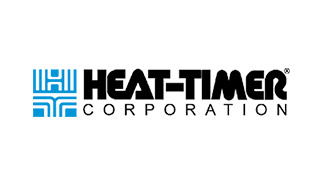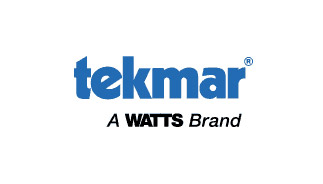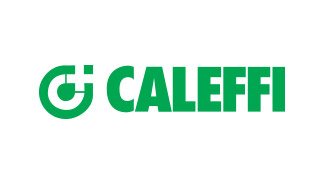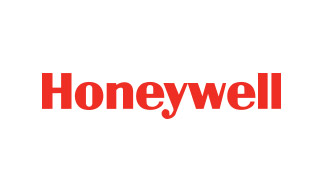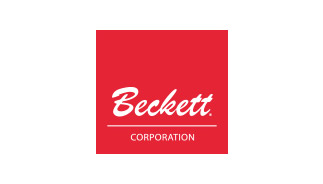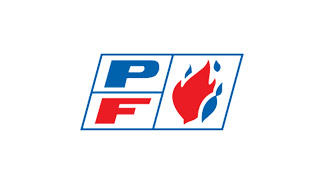Published on
July 15th, 2021What Are the Three Types of Boilers? Sectional, Tube, and Coil Boilers Explained
If you are in the market for a new boiler for your New York City property, someone may have asked you, “Which of the three types of boilers are you going to get?” This may have prompted you to scratch your head and ask, “What are the three types of boilers, anyway?” In this post, we discuss sectional, tube, and coil boilers so you can decide which one is right for your building.
If you are new to working in building maintenance, this blog will also be helpful. You may encounter each type of boiler at different properties or during the course of your career. Understanding the basics of boilers is essential to diagnosing problems, trying fixes on your own, and explaining issues to the experts at Calray Boilers if you have to call in the pros for assistance.
Sectional Boilers
Sectional boilers are, as the name implies, made up of sections. The sectional boiler looks a bit like the old-fashioned radiators we still see in so many New York City buildings. Sections of cast iron are bolted together and sealed by gaskets.
This type of boiler is often used in commercial properties to generate heat. Sometimes they are used for hot water. While the output range of sectional boilers is quite large–about 35,000 to 14,000,000 BTUs per hour–they are not able to withstand huge amounts of pressure. Typically, steam pressure does not go over 15 psi, and 160 psi is the limit on hot water pressure. Temperatures should not exceed 250 degrees Fahrenheit.
In spite of their limitations, sectional boilers have many pluses. First, they are more compact than other types of boilers, so they are ideal when space is at a premium in the boiler room. They can be assembled right on site, and their capacity can be increased later by adding more sections, giving them greater flexibility.
Tube Boilers
Water-tube and fire-tube boilers
With tube boilers, metal tubes inside the boiler heat up water to produce steam. Tube boilers come in two varieties: water-tube boilers and fire-tube boilers. Each works a little differently, and thus the two have separate applications.
Water moves inside the tubes of water-tube boilers, but it’s heated externally by the furnace’s hot gasses. Water-tube boilers are often used for industrial purposes. They aren’t usually used for residential heating. They are, however, more common on campuses with large physical plants, such as hospitals and universities.
With fire-tube boilers, hot gasses pass through the tubes and heat the water in the boiler via thermal conduction. Fire-tube boilers can produce both low- and high-pressure steam for radiator heating and for water heaters, usually below 350 psi. Their output range is sizable: from roughly 500,000 BTUs per hour to 75,000,000 BTUs per hour.
Tube boilers can be problematic because the tubes are at risk for the following:
- Corrosion from the boiler feed water
- Thermal and corrosion fatigue
- Graphitization (creation of clogging graphite particles from the decomposition of tube materials)
It’s worth noting that fire tubes are easier to replace, making maintenance simpler.
There are pros and cons to both water-tube and fire-tube boilers. Water-tube boilers can manage higher pressures and generally take up less space than fire-tube boilers. Water-tube boilers also use less fuel and have better efficiency ratings.
However, water-tube boilers cost more and can be more expensive to maintain due to their anatomy. Fire-tube boilers are somewhat less expensive and may work when space is a prime consideration.
Coil Boilers
On-demand water heating
There is a subcategory of water-tube boilers that utilizes coils within the boiler as part of the heating process, and this is sometimes called a coil-type boiler. But there is another form of coil boiler that you may not have considered for your property. This one provides on-demand hot water, in some cases using no tank.
On-demand water heating has been around for a while, but initially, it was more popular with single-family homes and properties of a similar size. Now, however, this type of hot water generation has been adapted for larger buildings.
There are usually two ways on-demand water heaters work. Either water needed at the tap flows through coils in the main boiler when a faucet is turned on, as a type of indirect heating, or a separate unit heats the water instantaneously with coils whenever it is needed in the property. In the latter case, each rental property can have its own on-demand water heater, or bunches of water heaters can be clustered together to provide hot water for multiple units.
Tankless water heaters can save property owners considerably when it comes to energy consumption because there is no need to run a boiler for hot water all the time. This is especially advantageous in the summer when a steam boiler would normally be turned off. On-demand water heaters also require very minimal space and can work in nearly every building configuration.
Whether you choose on-demand hot water heating via coils in your main boiler or via a tankless system depends on individual factors. We can assist you with both types of hot water service, based on your unique needs.
Call Calray Boilers for Assistance Selecting Your Next Boiler
New York City’s hyper-local, blue-chip boiler professionals
If you need maintenance on your current boiler, want assistance buying and installing a new boiler, or would like to explore tankless hot water generation, Calray Boilers should be your experts of choice. Call us today at 212-722-5506 to let us know how we can help, or use our convenient online form to schedule an appointment at the best time for you.
